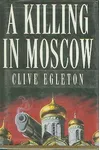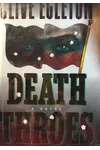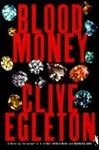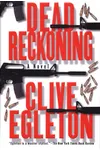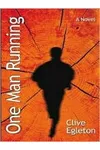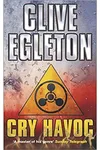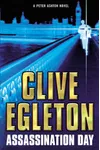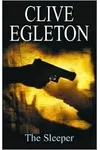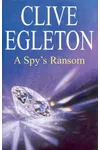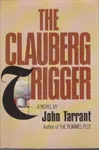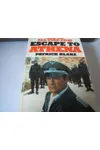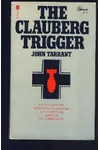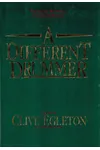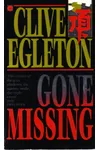Picture a British storyteller who turned real-life espionage into heart-pounding thrillers—meet Clive Egleton! Born in 1927, this former military officer wove his extensive intelligence experience into gripping spy novels that captivated readers worldwide. With a career spanning decades and novels translated into fifteen languages, Egleton earned his place as one of Britain’s leading thriller writers, blending realism with moral complexity.
From his underage enlistment in the Royal Armoured Corps to his intricate plots featuring MI6 agent Peter Ashton, Egleton’s life and work are a testament to his storytelling prowess. Ready to dive into his world of Cold War intrigue and high-stakes espionage?
The Making of Clive Egleton
Clive Frederick William Egleton was born on November 25, 1927, in South Harrow, Middlesex. At just 17, he enlisted in the Royal Armoured Corps in 1945, training as a tank driver while still underage. Commissioned into the South Staffordshire Regiment, he served across India, Hong Kong, Germany, Egypt, Cyprus, the Persian Gulf, and East Africa, retiring in 1975 as a lieutenant colonel. His military career, coupled with later work in counter-intelligence, gave him a front-row seat to the shadowy world of espionage—a well he’d draw from for his novels.
Egleton began writing in the late 1960s, debuting with A Piece of Resistance in 1970, a dystopian thriller set in a Soviet-occupied Britain. His firsthand knowledge and meticulous research set him apart, launching a prolific career that spanned over 40 novels.
Clive Egleton’s Unforgettable Stories
Egleton’s novels are masterclasses in espionage, blending intricate plots with gritty realism. His most famous creation, MI6 agent Peter Ashton, stars in a 12-book series that tackles post-Cold War threats with sharp pragmatism. In The Honey Trap (2000), Ashton navigates a web of betrayal after his cover is blown, showcasing Egleton’s knack for high-stakes drama. Seven Days to a Killing (1973), adapted into the Michael Caine film The Black Windmill, follows a military major racing against time to save his kidnapped son.
Other standouts include The October Plot (1974), a tense Cold War tale of a Soviet-backed assassination, and A Piece of Resistance, praised for its unique dystopian spin. Egleton’s style—methodical, morally ambiguous, and steeped in tradecraft—appealed to fans of John le Carré and Len Deighton. His protagonists, often seasoned operatives, grapple with murky ethics, making his stories both thrilling and thought-provoking.
Writing under pseudonyms like Patrick Blake and John Tarrant, Egleton also explored historical plots, such as The Rommel Plot (1977), blending fact and fiction with finesse. His ability to adapt from Cold War to modern espionage kept his work relevant across decades.
Why Clive Egleton Matters
Egleton’s legacy lies in his authentic, unglamorous portrayal of espionage. Unlike the suave James Bond, his characters are flawed, pragmatic, and deeply human, reflecting the real-world complexities of intelligence work. His novels influenced later spy fiction writers who favored realism over fantasy, cementing his impact on the genre. Translated into fifteen languages, his stories reached a global audience, proving that intricate plots and moral depth transcend borders.
Beyond writing, Egleton served his community, joining the Arreton Parish Council on the Isle of Wight in 2005. His death in 2006 marked the loss of a literary titan, but his books continue to thrill readers who crave smart, immersive espionage.
- Born: November 25, 1927, South Harrow, Middlesex
- Military Service: Royal Armoured Corps and South Staffordshire Regiment, 1945–1975
- Key Works: A Piece of Resistance, Seven Days to a Killing, The Honey Trap
- Notable Adaptation: Seven Days to a Killing became The Black Windmill (1974), starring Michael Caine
Snag The Honey Trap or A Piece of Resistance and dive into Clive Egleton’s world of pulse-pounding espionage! Whether you’re a Cold War buff or a thriller enthusiast, his stories promise a wild ride.

